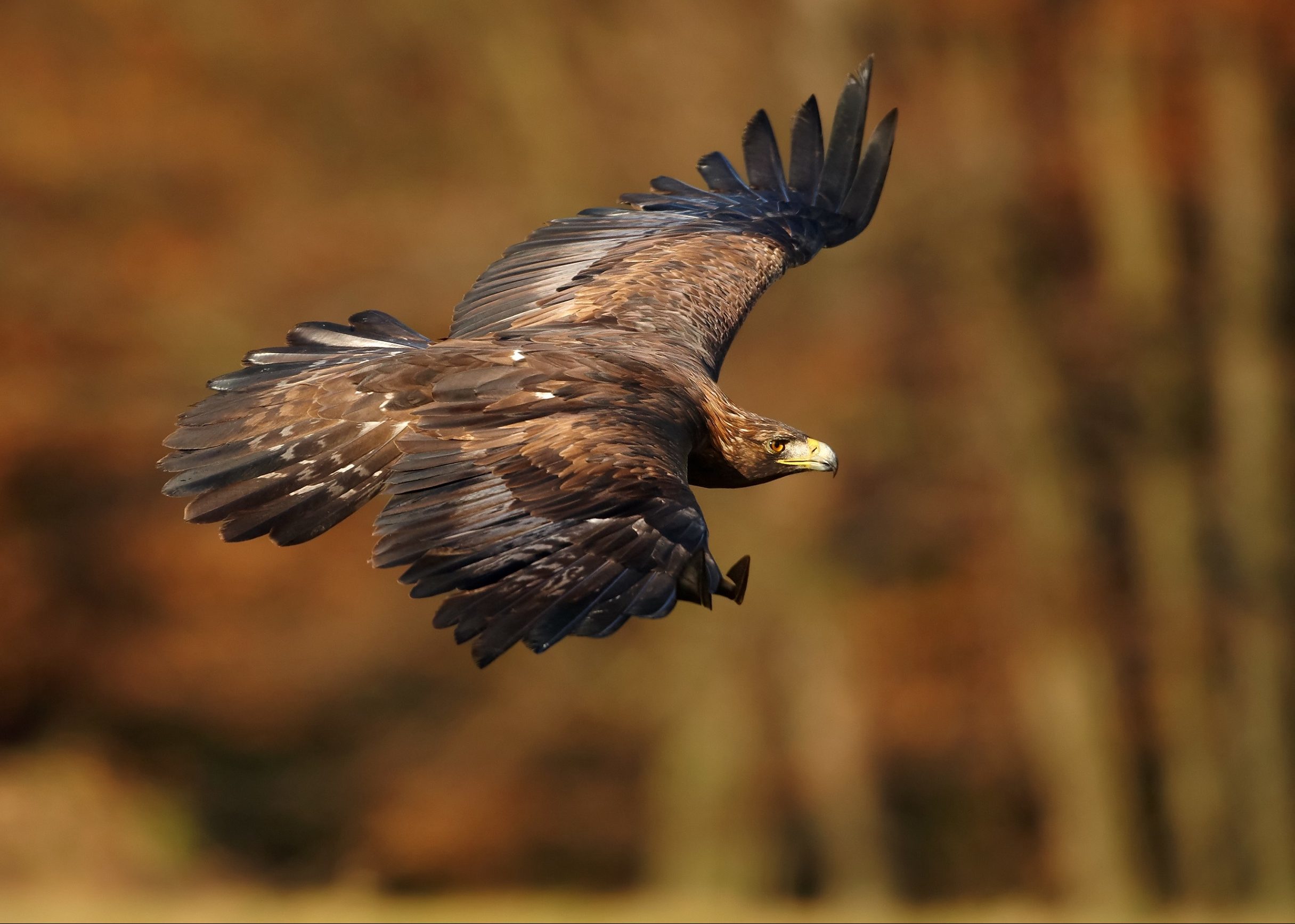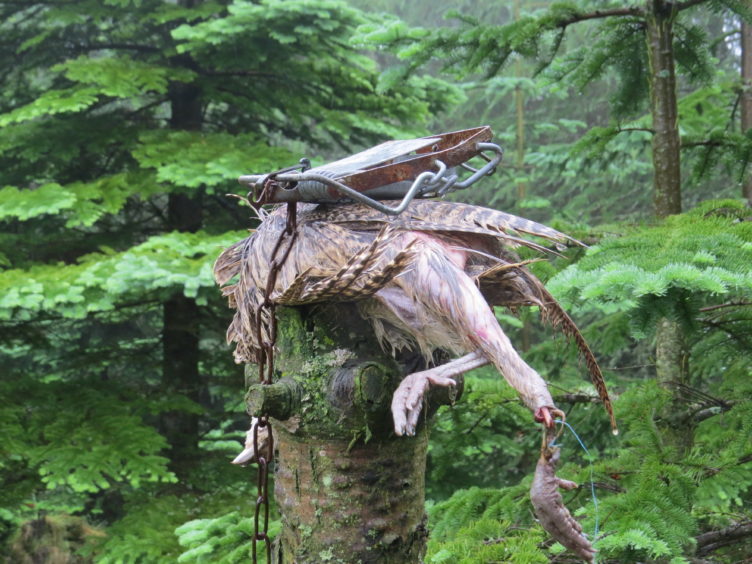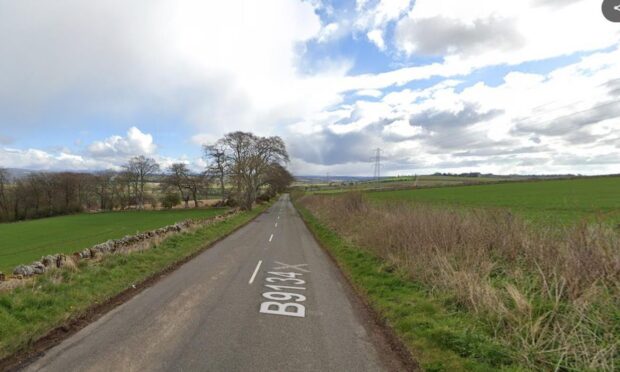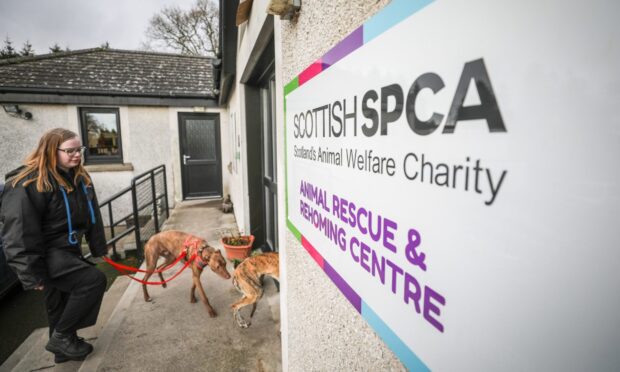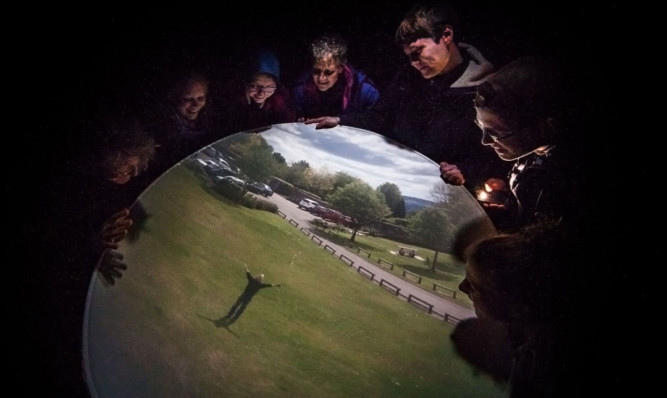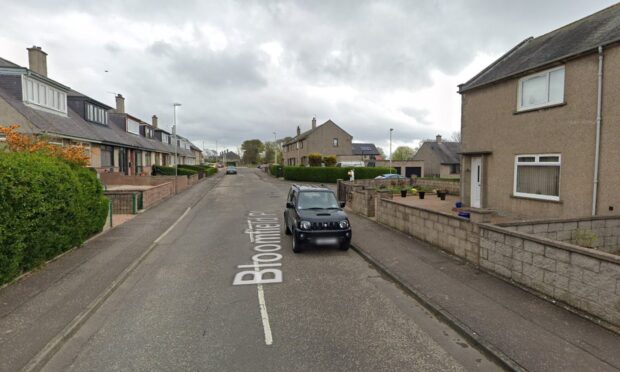The Angus Glens’ wildlife is “impoverished” according to a leading animal charity investigator.
Ian Thomson, RSPB head of investigations, made the claim after seeing the Angus Glens Moorland Group’s #WeHaveWildlife campaign.
He said it “sticks in the craw” as he has seen a “disproportionate” number of tagged birds going missing in the area.
A Scottish SPCA undercover inspector has also raised concerns for the area, which was highlighted as a “blackspot” for satellite-tagged golden eagles disappearing in a Scottish Government report last year.
Both the SSPCA and the RSPB suspect the volume of animals going missing in the area is because of measures taken to protect grouse numbers to fund the shooting season, essential for the economic vitality of local estates.
However, the Angus Glens Moorland Group (AGMG) insist members are “proud” of their wildlife and will not “allow agenda to curtail the significant progress which has been made”.
Protected species living in the area include wildcats, otters, pine martens, badgers, red squirrels, hares, deer and shrews, as well as many wild birds.
Mr Thomson said he has seen documentation of illegal activities in the past, including a poisoned golden eagle in 2013 and an illegal trap in 2015 in which a pheasant was used as bait for birds of prey.
He said the Glens could be a “real jewel in the crown” for Scotland, but its “notoriety” for birds going missing is preventing this.
“It’s an area that should be host to a great variety of species but it is impoverished,” he said. “There should be about 30 to 40 pairs of hen harriers a year, but we are only seeing one or two at this point.
“At the moment the Angus Glens is only a good place to live on for one species of bird and that is grouse.
“Some of the estates are boasting having 2,000 traps on their land. That is excessive and will change the balance of nature in the area.
“One can only speculate how many untagged eagles have been killed. There are a handful of breeding pairs of eagles, but overall only one-third of territories are occupied.”
The SPCA inspector said: “The traps being put out there are indiscriminate, making it a particularly dangerous place for these species to live.
“Spring traps are legal, but the user has a moral and legal obligation to ensure protected species do not end up caught in traps.
“Animals not killed instantly are likely to suffer for some time. If they can’t guarantee this won’t happen they should seriously consider using other, more humane, ways to cull the animals they consider a nuisance.”
Lianne MacLennan, of the AGMG, said: “Since highlighting the abundant wildlife we have on our estates through the WeHaveWildlife campaign, we knew there would be those looking to undermine that.
“There will always be those looking to pursue old agendas by casting up past incidents and choosing to ignore good things happening on the ground.
“There is a welcome sea change in these glens and members of Angus Glens Moorland Group will continue to move on, if others can’t. There have been no confirmed incidents of criminality towards protected species in this area for several years, despite attempts at speculation.
“We are enormously proud of our wildlife- partly a product of the management of common predators; management some decry yet will still kill hundreds of predators on their own nature reserves. Only humane traps approved by SNH are used, operated by trained professionals to protect all ground nesting species, not just red grouse.
“Estates within AGMG are providing biodiversity, lifeline jobs, and a tangible economic bolster for communities and traders all year round.
“We are acutely aware of the heated politics around countryside matters today, but we will not allow those agendas to curtail progress.”
